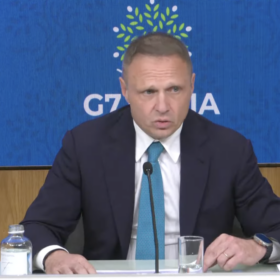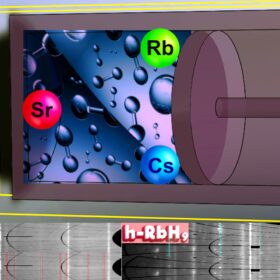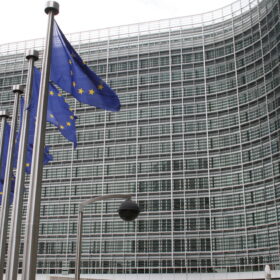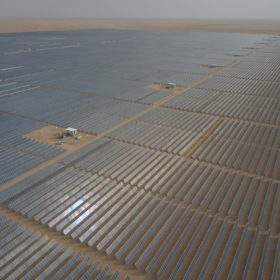The Hydrogen Stream: Asahi Kasei to test alkaline water electrolyzer
Japan’s Asahi Kasei is testing a new alkaline water electrolyzer, while China has started developing its first 100 kg vehicle-mounted liquid hydrogen system.
Key takeaways from World Hydrogen 2024 in Rotterdam
Development of green hydrogen production in Europe is moving forward in fits and starts, but the ongoing World Hydrogen 2024 event in Rotterdam calls for blue hydrogen adoption, which suggests that the oil and gas industry aims to maintain control of the hydrogen market.
The Hydrogen Stream: PosHYdon starts testing offshore gas-green hydrogen
PosHYdon says it wants to validate the integration of three energy systems in the Dutch North Sea: offshore wind, offshore gas, and offshore hydrogen. The project will involve the installation of a hydrogen plant on the Neptune Energy (Eni) Q13a-A platform.
The Hydrogen Stream: US government targets $2/kg by 2026, $1/kg by 2031
The US Department of Energy says it is aiming for “clean” hydrogen production costs of $2/kg by 2026 and $1/kg by 2031.
Italy bans PV from agricultural land
The Italian government has issued a new decree to completely ban solar from agricultural land. The new provisions will not apply to projects currently undergoing the approval process.
Researchers propose use of cesium, rubidium for hydrogen batteries
A study led by Russia’s Skoltech and China’s HPSTAR suggests that rubidium and cesium additives could improve the efficiency of hydrogen batteries. Researcher Dmitrii Semenok tells pv magazine that “it is a question of changing the approach to the search for promising hydrogen storage materials.”
The Hydrogen Stream: EU hydrogen tender ends with bids below €0.50/kg
The European Commission has selected the winners of European Hydrogen Bank’s first auction, with bids coming in below €0.50 ($0.54)/kg, while Chile and Namibia have revealed new hydrogen plans.
Italy’s EU-made PV incentives raise specter of Chinese opposition
A World Trade Organization (WTO) official and several Italian lawyers recently spoke with pv magazine Italy about the timing of a potential Chinese legal challenge against Italy’s new solar measures, which exclusively provide incentives for high-performance PV modules produced in the European Union.
The Hydrogen Stream: Norway to make world’s biggest hydrogen ships
Norwegian Ship Design Co. has agreed to help build what it claims will be the two largest hydrogen ships in the world, while Norwegian Hydrogen has announced plans to team up with Australia’s Provaris Energy on hydrogen export opportunities.
Scientist hails commercial feasibility of Saudi Arabian hydrogen city plan
Alberto Boretti was a senior research professor at Prince Mohammad Bin Fahd University in 2021 when he first started discussing the idea of a hydrogen city in Al Khobar, Saudi Arabia. The New Zealand-based independent tells pv magazine that it is now commercially feasible, as the city’s 200 MW of energy demand would necessitate 1 GW to 1.3 GW of solar and wind capacity, 509 MW to 997 MW of electrolysis capacity, and 145,000 MWh of hydrogen storage capacity.










